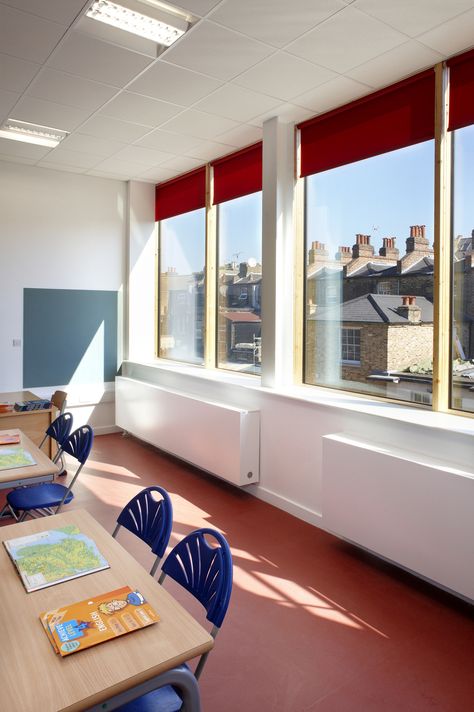As children and teachers spend a significant portion of their day at school, it is crucial to ensure that the environment is safe and healthy. One vital aspect of a healthy school environment is good indoor air quality. Poor indoor air quality can lead to various health issues and impact the overall performance of students and staff.
Here are seven warning signs that may indicate your school has poor indoor air quality:
1. Persistent Allergic Reactions
If students and staff members regularly experience sneezing, watery eyes, or other allergic reactions, it could be a sign of poor air quality inside the school. Pollen, pet dander, mold spores, or dust mites can circulate through the ventilation system and trigger allergies.
2. Musty Odors
A musty or moldy smell may indicate the presence of mold or mildew growth in the building. Mold can thrive in damp conditions and produce spores that can aggravate respiratory issues or cause other health problems.
3. Excessive Dust
If you notice dust accumulating quickly on surfaces and furniture, this could be a sign that the ventilation system is not adequately filtering particulates from the air. Excessive dust can exacerbate asthma symptoms and contribute to an unhealthy environment.
4. Increased Instances of Asthma Attacks
A rise in asthma attacks among students indicates that something might be aggravating respiratory issues in the school environment. Common indoor air pollutants like mold, pollen, or volatile organic compounds (VOCs) from cleaning products can trigger asthma symptoms.
5. Increased Absenteeism
Pay attention to patterns of illness-related absences among students and staff members. If there’s a spike in respiratory illnesses or other similar ailments, it could be an indication of poor indoor air quality affecting everyone’s health.
6. Unusual Noises from HVAC System
Listen for strange noises coming from your school’s heating, ventilation, and air conditioning (HVAC) system. Noises like clanking, whistling, or banging can indicate a malfunctioning system, which might not adequately filter the air or control humidity levels.
7. Poor Ventilation and Stagnant Air
If you feel that the air in the school feels heavy or stale, this could be a sign of inadequate ventilation. Stagnant air can lead to a buildup of pollutants and create an unhealthy environment for everyone in the building.
If you notice any of the warning signs listed above, it is essential to address the issues immediately. Contact your school’s maintenance staff or a professional indoor air quality consultant to address potential problems and implement solutions.
Ensuring your school’s indoor air quality is maintained at a healthy level not only impacts students and teachers’ well-being but also enhances learning and productivity. By keeping an eye out for these warning signs and taking immediate action when needed, you will contribute to creating a safe and healthy environment for everyone in your school community.





